Hydrogen cyanide
Action of hydrogen cyanide: Glucose react with hydrogen cyanide to form glucose cyanohydrin.
CHO∣(CHOH)4∣CH2OHGlucoseHCN−−→CN∣CHOH∣(CHOH)4∣CH2OHGlucose cyannohydrin
Similar Questions
Given below are two statements :
Statement I : The nucleophilic addition of sodium hydrogen sulphite to an aldehyde or a ketone involves proton transfer to form a stable ion.
Statement II : The nucleophilic addition of hydrogen cyanide to an aldehyde or a ketone yields amine as final product.
In the light of the above statements, choose the most appropriate answer from the options given below :
View SolutionGiven below are two statements :
Statement I : The nucleophilic addition of sodium hydrogen sulphite to an aldehyde or a ketone involves proton transfer to form a stable ion.
Statement II : The nucleophilic addition of hydrogen cyanide to an aldehyde or a ketone yields amine as final product.
In the light of the above statements, choose the most appropriate answer from the options given below :
View Solution
Knowledge Check
Assertion: Glucose reacts with hydroxylamine to form an oxime and alsoadds a molecule of hydrogen cyanide to give cyanohydrin.
Reason: The carbonyl group is present in the open chain structure of glucose.ABoth assertion and reason are correct statements, and reason is the correct explanation of the assertionBBoth assertion and reason are correct statements, but reason is not the correct explanation of the assertionCAssertion is correct, but reason is wrong statement.DAssertion is wrong, but reason is correct statement.p-cresol reacts with chloroform in alkaline medium to give the compound A which adds hydrogen cyanide to form, the compound B. the latter on acidic hydrolysis gives chiral caboxylic acid. The structure of the carboxylic acid is
A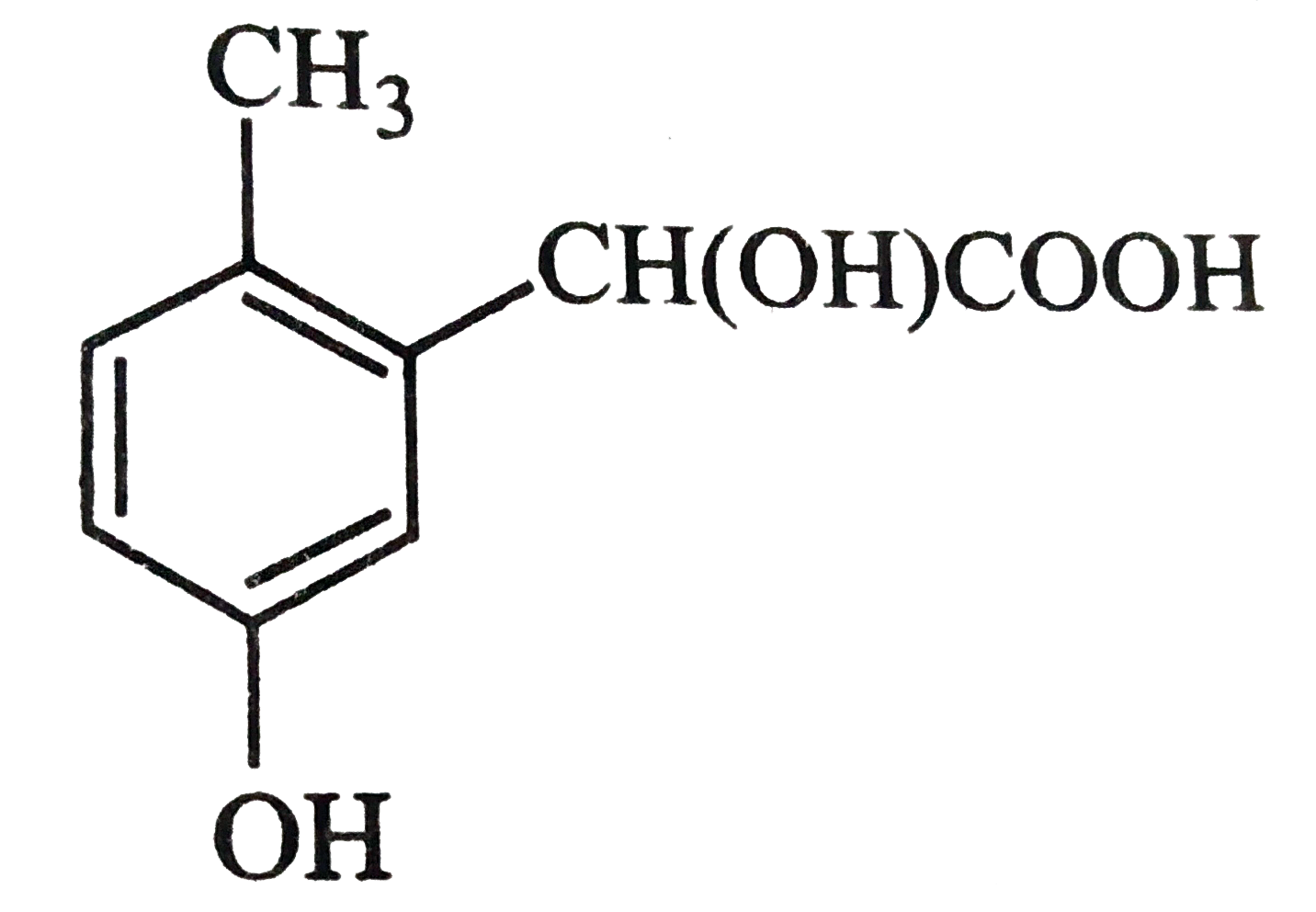 B
B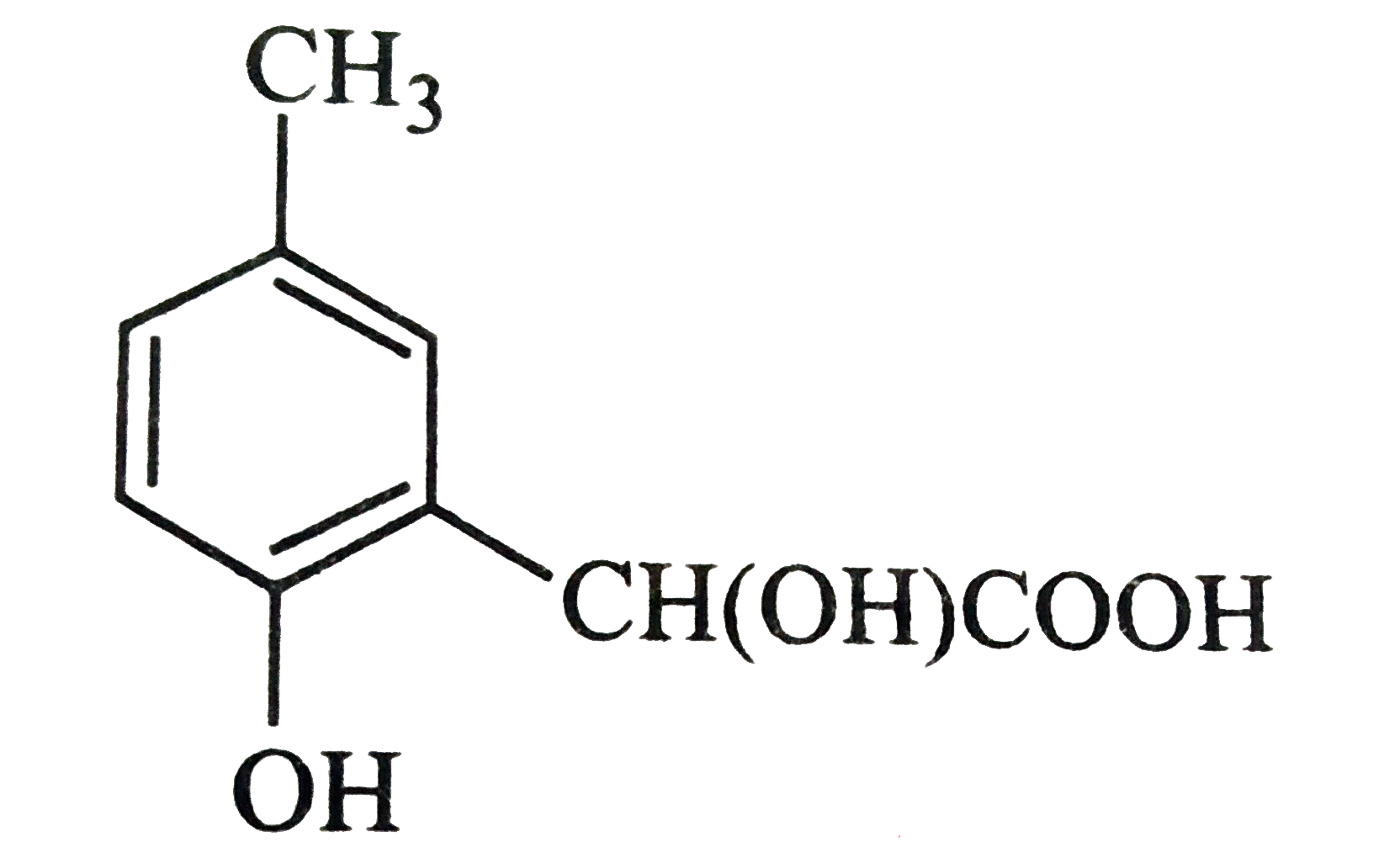 C
C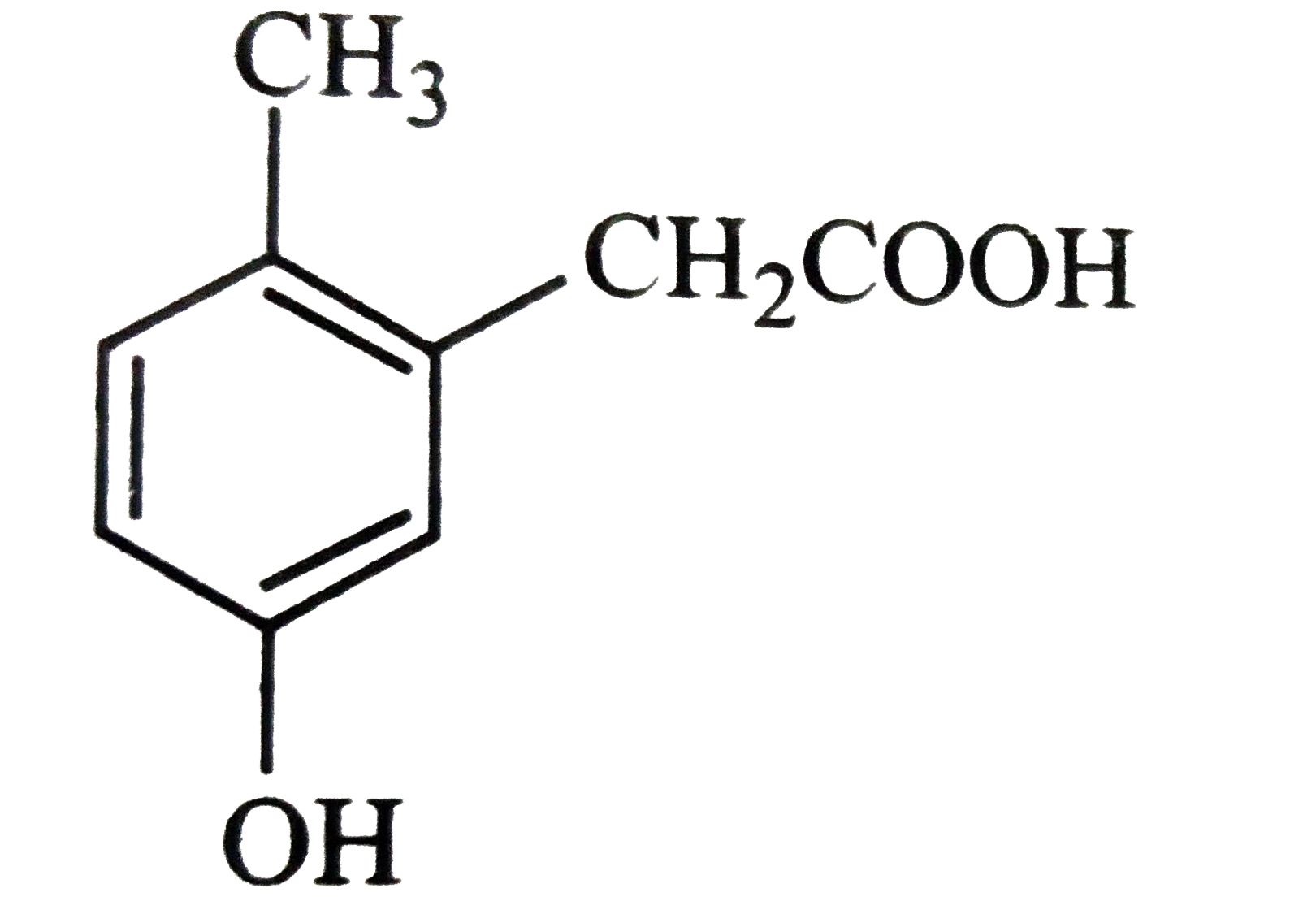 D
D
p-Cresol reacts with chloroform in alkaline medium to give the compound X which adds hydrogen cyanide to form, the compound Y. The latter on acidic hydrolysis gives chiral carboxylic acid. The structure of the carboxylic acid is
A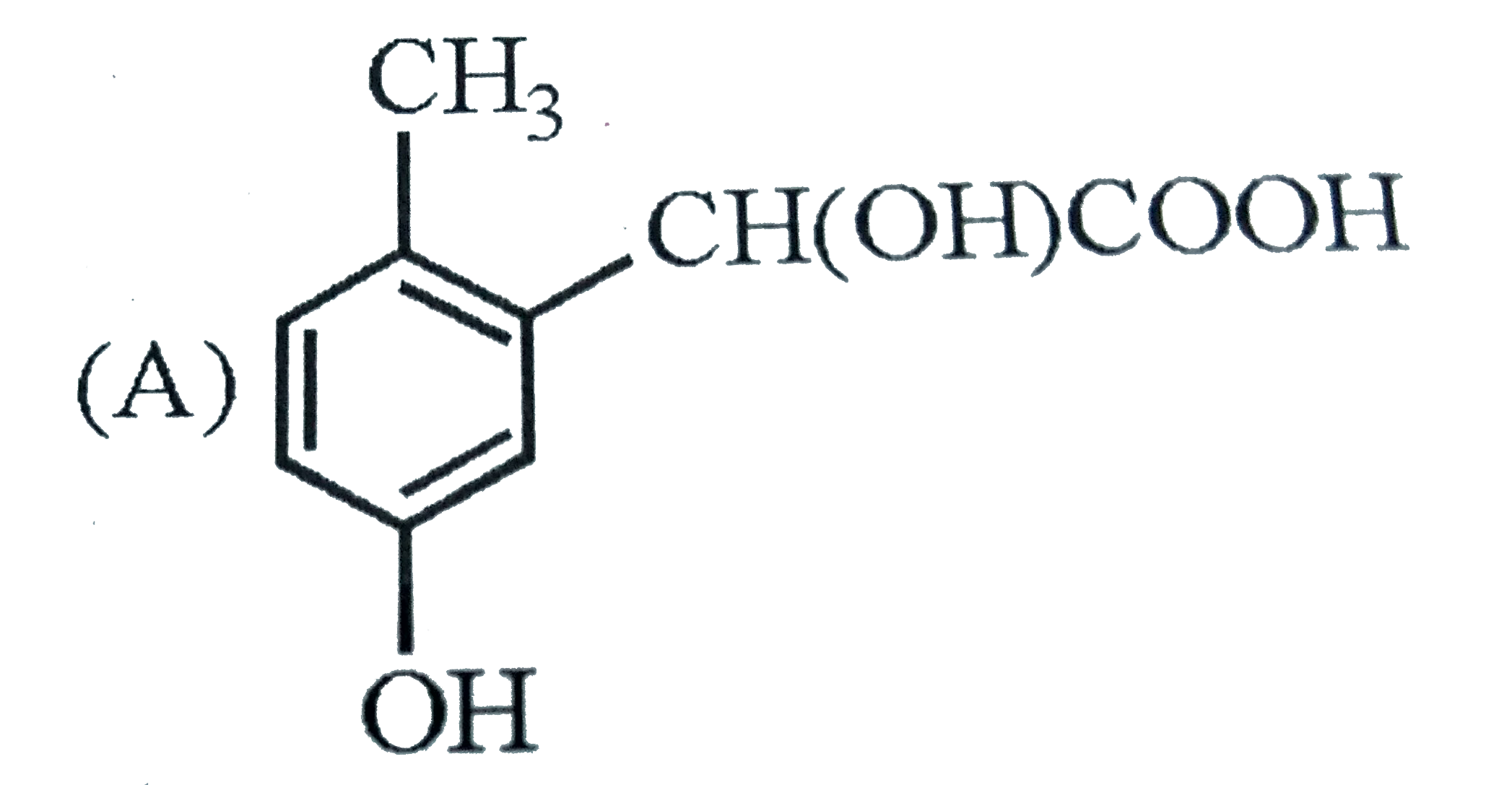 B
B C
C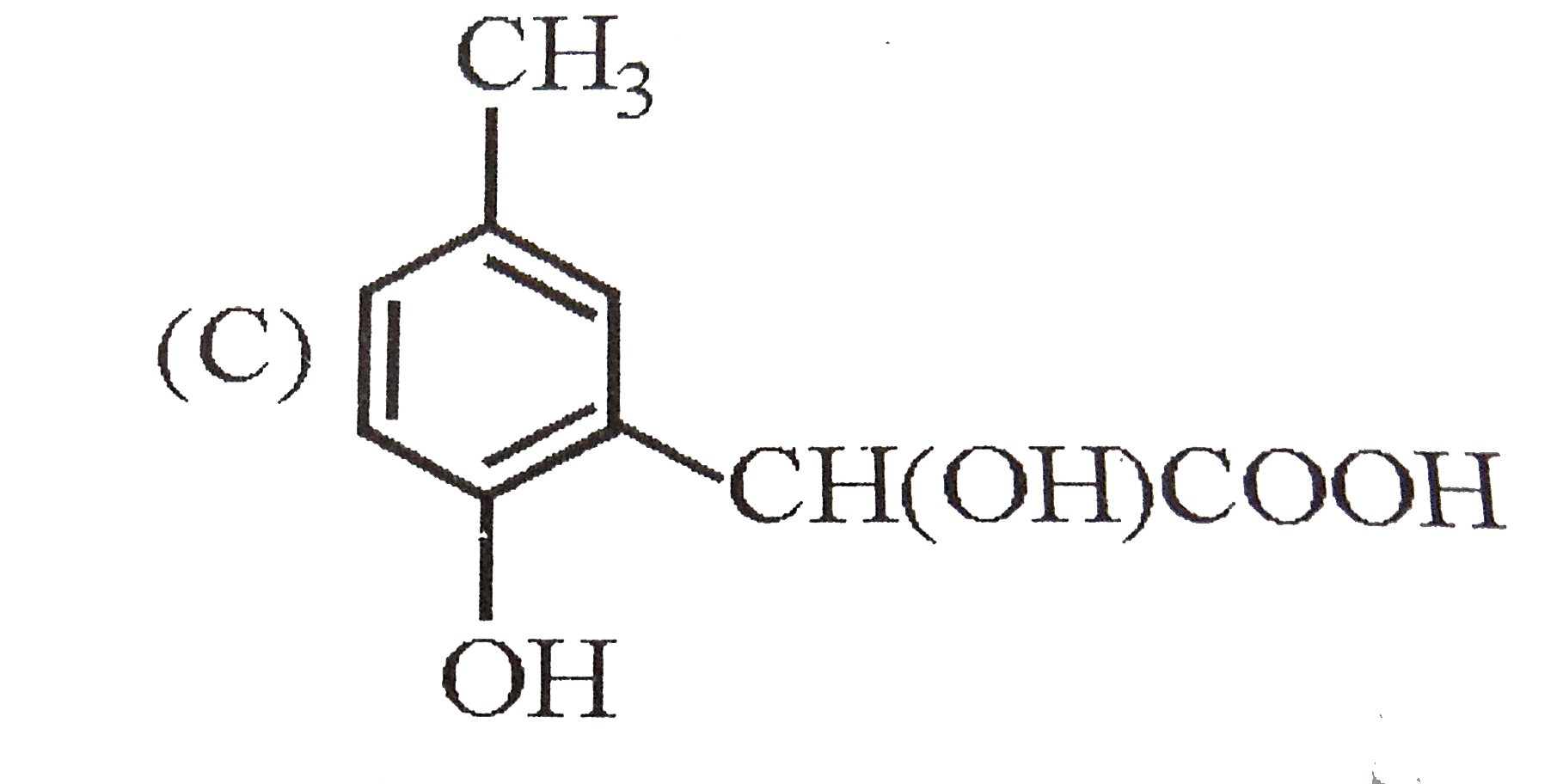 D
D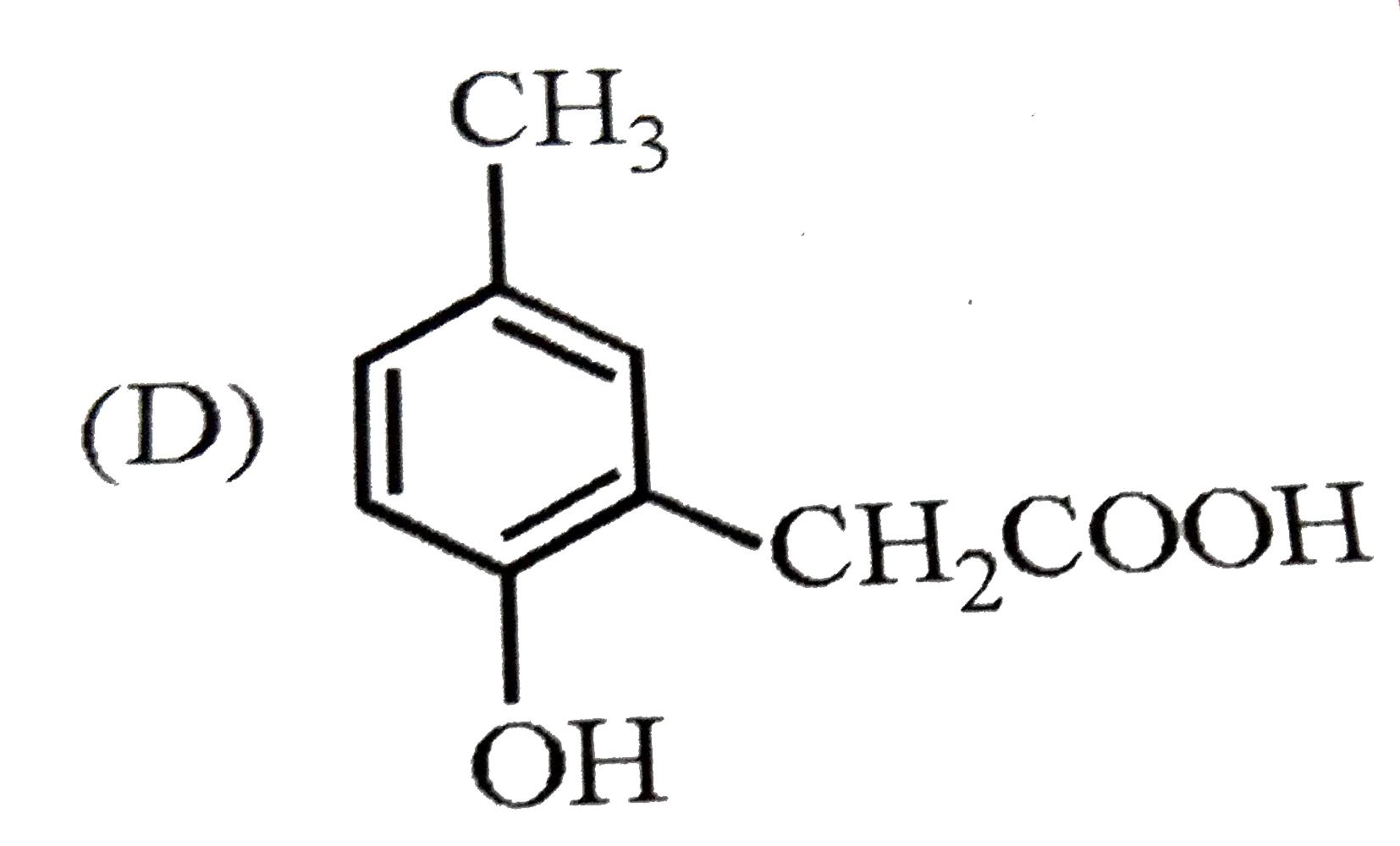
Assertion (A) : Glucose reacts with hydroxylamine to form an axime and also adds a molecule of hydrogen cyanide to give cyanohydrin .
Reason (R ) : The carbony group is present in the open chain structure of glucose .
View Solutionp-cresol reacts with chloroform in alkaline medium to give the compound A which adds hydrogen cyanide to form, the compound B. the latter on acedic hydrolysis gives chiral caboxylic acid. The structure of the carboxylic acid is
View Solutionp-cresol reacts with chloroform in alkaline medium to give the compound A which adds hydrogen cyanide to form, the 29. compound B. The latter on acidic hydrolysis gives chiral carboxylic acid. The structure of the carboxylic acid is
View Solutionp-cresol reacts with chloroform in alkaline medium to give the compound A which adds hydrogen cyanide to form, the compound B. the latter on acidic hydrolysis gives chiral caboxylic acid. The structure of the carboxylic acid is
View Solutionp-cresol reacts with chloroform in alkaline medium to give the compound A which adds hydrogen cyanide to form, the compound B. the latter on acidic hydrolysis gives chiral caboxylic acid. The structure of the carboxylic acid is
View Solution
